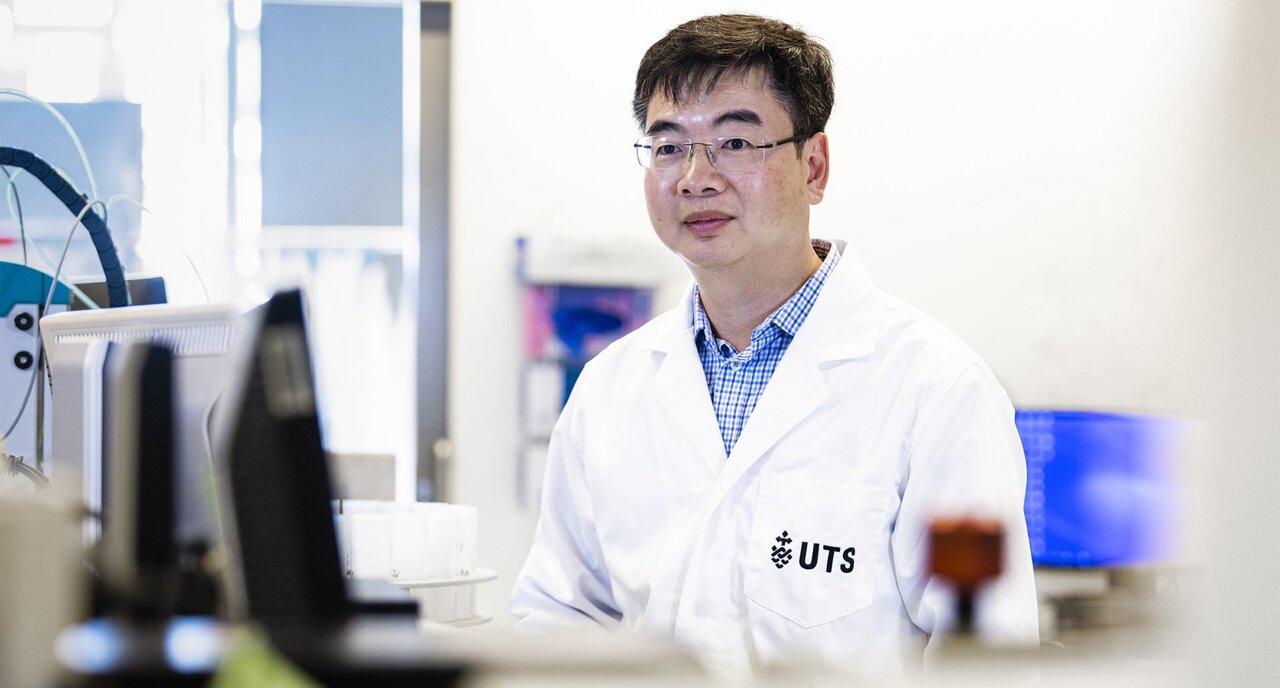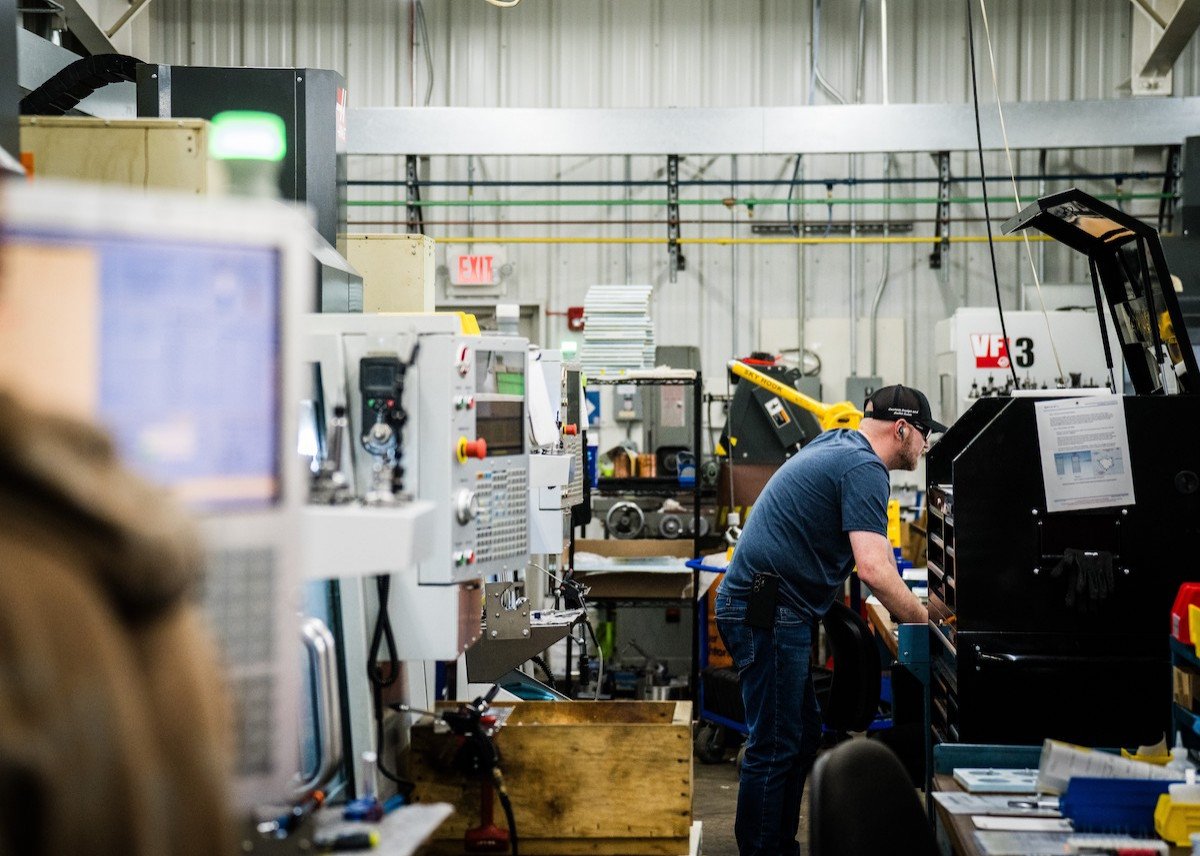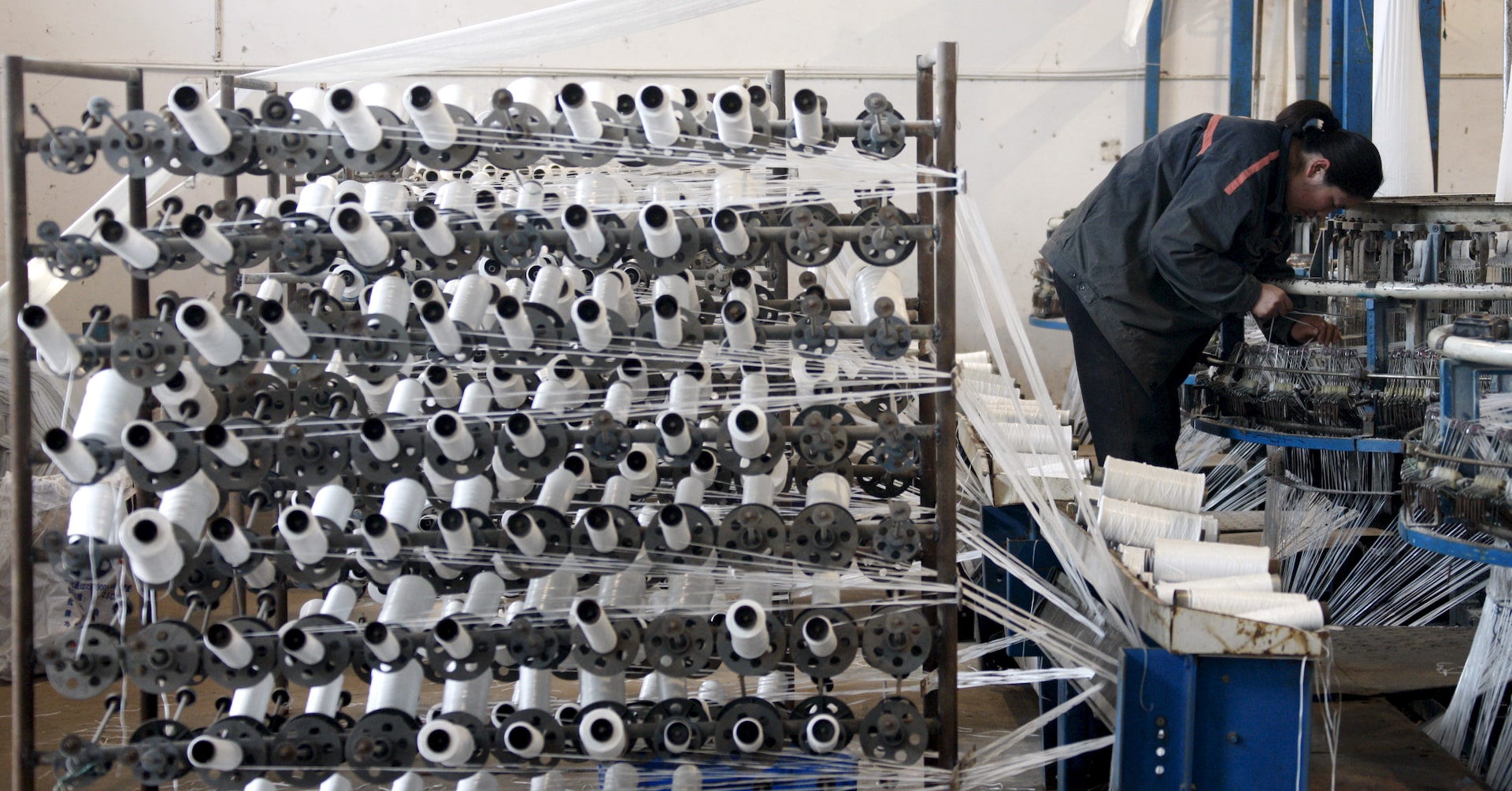Waste Not, Want Not: How Manufacturers Are Revolutionizing Production with Circular Design
Manufacturing
2025-04-09 15:02:59Content

From Waste to Wonder: How the Circular Economy is Revolutionizing Manufacturing
In a world increasingly concerned with sustainability, the circular economy has emerged as a game-changing approach that's transforming how we think about production, consumption, and resource management. At the forefront of this revolution are manufacturers, who are reimagining traditional linear models and pioneering innovative strategies that turn waste into opportunity.
Gone are the days when products were simply made, used, and discarded. Today's forward-thinking companies are embracing a holistic approach that designs products with their entire lifecycle in mind. This means creating goods that can be easily repaired, recycled, or repurposed, dramatically reducing environmental impact and creating new economic value.
Manufacturers are leading this transformative journey by implementing cutting-edge practices that challenge conventional production methods. They're developing products with modular designs that allow for easy repair and component replacement, creating closed-loop systems where materials are continuously recycled and reused.
The circular economy isn't just an environmental imperative—it's becoming a powerful business strategy. Companies that adopt these principles are discovering significant benefits, including reduced raw material costs, enhanced brand reputation, and new revenue streams from recycling and remanufacturing.
From tech giants redesigning electronic products to be more sustainable, to automotive manufacturers developing recyclable car components, the circular economy is reshaping industries across the board. It represents a fundamental shift from a "take-make-waste" mentality to a more regenerative and intelligent approach to production.
As consumers become increasingly eco-conscious and regulations push for more sustainable practices, the circular economy is no longer a choice but a necessity. Manufacturers who embrace this model are not just protecting the planet—they're positioning themselves at the cutting edge of innovation and economic opportunity.
Industrial Revolution 2.0: How Sustainable Manufacturing is Transforming Global Production
In an era of unprecedented environmental challenges and technological innovation, manufacturers are pioneering a radical transformation of industrial practices. The traditional linear economic model of "take-make-dispose" is rapidly giving way to a more sophisticated, holistic approach that reimagines production, consumption, and resource management.Revolutionizing Industry Through Sustainable Innovation
The Paradigm Shift in Manufacturing Strategies
Modern manufacturing is experiencing a profound metamorphosis, driven by urgent environmental imperatives and breakthrough technological capabilities. Companies are no longer viewing sustainability as a peripheral concern but as a core strategic imperative. By integrating circular economy principles, manufacturers are fundamentally redesigning production processes to minimize waste, maximize resource efficiency, and create regenerative economic systems. The transformation extends far beyond traditional recycling approaches. Advanced manufacturers are now implementing comprehensive strategies that consider product lifecycles from initial design through multiple potential reuse scenarios. This holistic perspective requires sophisticated engineering, innovative materials science, and complex systems thinking that challenges conventional industrial paradigms.Technological Enablers of Circular Manufacturing
Cutting-edge technologies are serving as critical catalysts in this industrial revolution. Artificial intelligence, advanced robotics, and sophisticated data analytics are enabling unprecedented levels of material tracking, process optimization, and waste reduction. Machine learning algorithms can now predict potential waste streams, recommend design modifications, and simulate complex material transformation processes with remarkable precision. Digital twin technologies are particularly revolutionary, allowing manufacturers to create virtual replicas of physical production systems. These digital models enable companies to experiment with circular design strategies, test resource recovery techniques, and optimize material flows without significant physical infrastructure investments.Economic and Environmental Implications
The circular manufacturing approach represents more than an environmental strategy—it's a fundamental economic reimagining. By treating waste as a potential resource and designing products for multiple lifecycle stages, companies can unlock substantial economic value. Studies indicate that circular economy practices could generate trillion-dollar economic opportunities while simultaneously addressing critical environmental challenges. Innovative companies are developing sophisticated material recovery ecosystems, where products are designed with future disassembly and remanufacturing in mind. This approach requires unprecedented collaboration across supply chains, demanding new forms of inter-organizational communication and shared technological platforms.Global Policy and Regulatory Landscape
Governments worldwide are increasingly implementing regulatory frameworks that incentivize and mandate circular economy practices. From carbon pricing mechanisms to extended producer responsibility regulations, policymakers are creating robust economic environments that reward sustainable industrial strategies. These policy interventions are complemented by significant investment in research and development. Public and private sector entities are collaborating to develop breakthrough technologies that can transform industrial waste streams into valuable resources, creating what economists describe as "closed-loop" economic systems.Human Capital and Skills Transformation
The circular economy revolution demands a radical reimagining of workforce skills and organizational capabilities. Engineers, designers, and managers must now think systemically, understanding complex material flows and developing innovative approaches to resource management. Educational institutions are rapidly developing specialized curricula that blend traditional engineering disciplines with sustainability science, systems thinking, and advanced digital technologies. This skills transformation is critical to realizing the full potential of circular manufacturing strategies.RELATED NEWS
Manufacturing

Wheels of Change: Trump's Bold Move to Supercharge American Auto Manufacturing
2025-03-26 21:35:50
Manufacturing

Driving Innovation: Graphene Manufacturing's Bold Strategy for Fuel Efficiency and Market Growth
2025-03-17 01:25:37
Manufacturing

Industrial Breakthrough: New Steel Rebar Facility Transforms Ararat Village's Economic Landscape
2025-03-17 04:08:01





